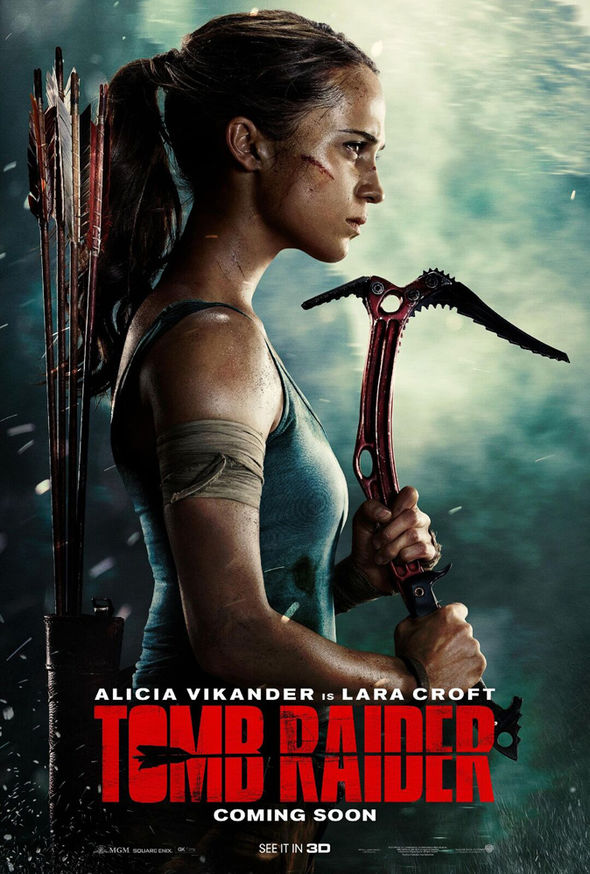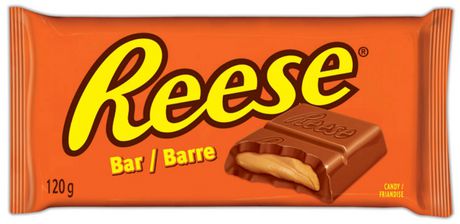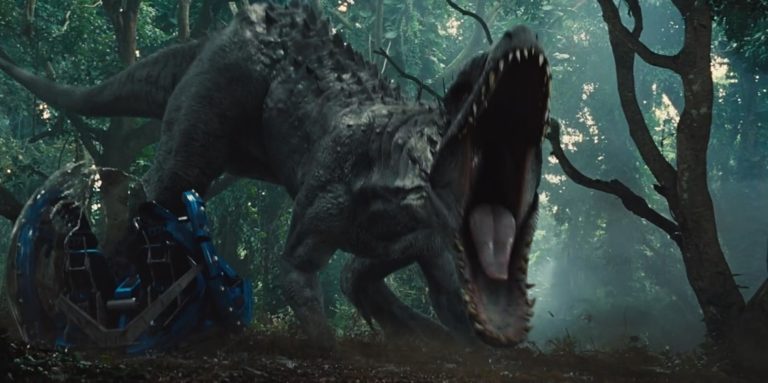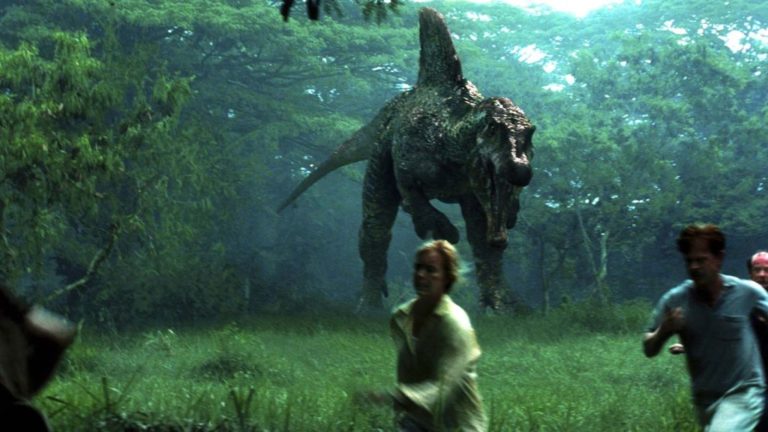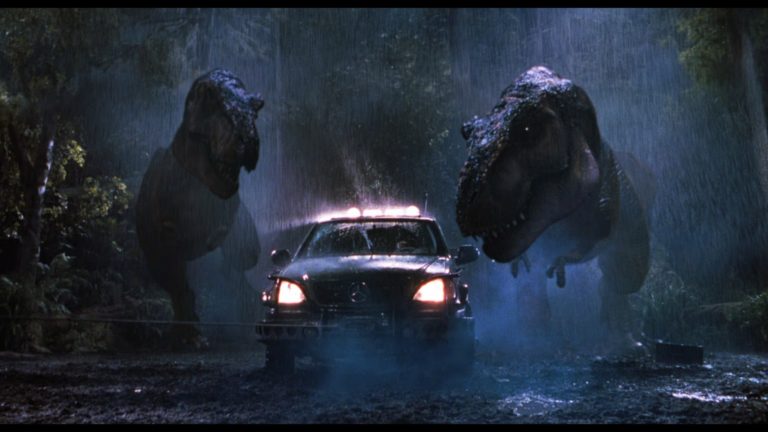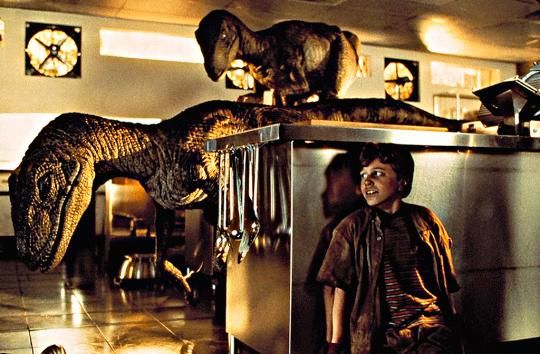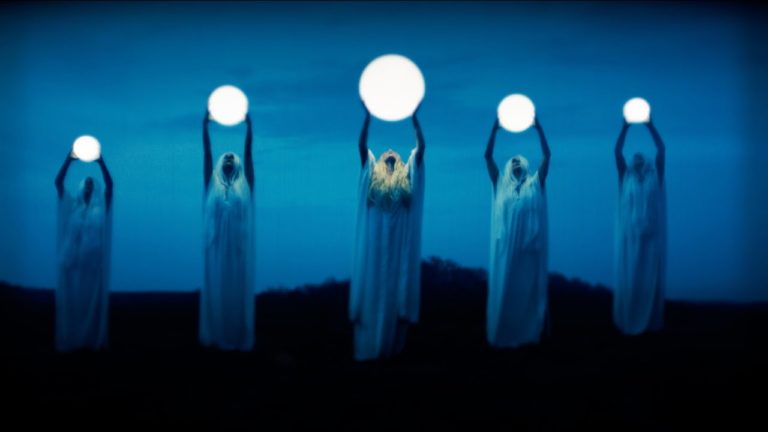It’s no secret that I quite enjoy the two most recent Tomb Raider games and the upcoming third game...
Year: 2018
The recent poisoning of former Russian agent Sergei Skripal and his daughter Yulia with a deadly nerve agent...
If you know me personally, then there are two facts about me that are no secret. The...
Welcome back to the final entry in the Jurassic Park retrospective! In this entry we we will be...
Welcome back to part three of the Jurassic Park retrospective! In this post, we’ll be diving into 2001’s...
Welcome back to the Jurassic Park retrospective! In this entry we’re going to be looking at the second...
Holy shit, surprise, it’s another Retrospective series! I honestly wasn’t expecting to do another one of these,...
Lately I have been reading Richard Beck’s We Believe the Children: A Moral Panic in the 1980s,...
